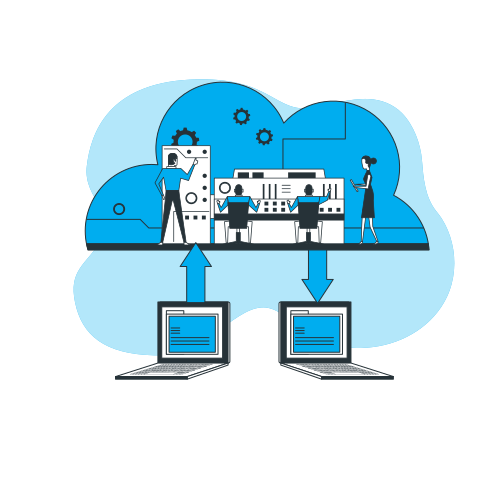
In the ever-evolving landscape of corporate learning and development (L&D), technology plays a vital role in enhancing training programs and driving employee performance. However, implementing L&D technology solutions can be a daunting task, often accompanied by various challenges that organizations need to overcome to ensure successful adoption.
In this article, we will explore some of the common implementation challenges faced by L&D professionals and discuss best practices to navigate them effectively.
1. Defining Clear Objectives and Needs
One of the fundamental challenges in L&D tech implementation is the lack of clear objectives and needs assessment. Before selecting any technology solution, it is crucial to identify the specific goals and requirements of your organization. This involves conducting a thorough analysis of your current L&D practices, understanding the pain points, and envisioning the desired outcomes.
Best Practice: Begin by involving key stakeholders, such as L&D managers, HR personnel, and department heads, in the decision-making process. Conduct surveys, interviews, and focus groups to gather insights and align objectives. Clearly define the expected outcomes and use them as a guiding framework throughout the implementation journey.
2. Ensuring Compatibility and Integration
Another significant challenge in L&D tech implementation is ensuring compatibility and seamless integration with existing systems and processes. Organizations often struggle with integrating new technologies into their established infrastructure, leading to inefficiencies and disruptions.
Best Practice: Conduct a thorough compatibility assessment to identify potential integration issues. Collaborate with IT teams and vendors to determine if the selected L&D tech solution can seamlessly integrate with existing systems such as learning management systems (LMS), human resource information systems (HRIS), and other relevant platforms. Prioritize solutions that offer APIs and support interoperability.
3. Securing Sufficient Budget and Resources
Implementing L&D technology often requires a substantial investment of financial resources, time, and human capital. Organizations face challenges in securing sufficient budget and resources to support the implementation process, as well as ongoing maintenance and support.
Best Practice: Develop a comprehensive business case that highlights the potential return on investment (ROI) and long-term benefits of the L&D tech solution. Align the case with the organization's strategic objectives, emphasizing how the technology will address current challenges and support future growth. Engage with finance and executive teams to secure the necessary budget and resources for implementation.
4. Overcoming Resistance to Change
Resistance to change is a common obstacle in any technology implementation initiative. Employees may be hesitant or reluctant to embrace new L&D tech tools due to fear of the unknown, concerns about job security, or lack of awareness about the benefits it offers.
Best Practice: Communicate the rationale behind the technology implementation clearly and consistently. Develop a change management plan that includes targeted communication, training programs, and ongoing support to address employee concerns and encourage adoption. Create a culture that promotes continuous learning and embraces technological advancements.
5. User Adoption and Engagement
Even with successful implementation, the effectiveness of L&D tech solutions ultimately depends on user adoption and engagement. If employees do not embrace the new technology or fail to utilize its features effectively, the desired outcomes may not be achieved.
Best Practice: Involve end-users in the selection process by soliciting their feedback and incorporating their needs and preferences. Provide comprehensive training programs and resources to ensure employees understand how to use the technology effectively. Encourage continuous feedback and monitor user adoption rates. Gamification techniques, rewards, and recognition programs can also boost engagement and motivate employees to participate in the learning process actively.
6. Data Privacy and Security Concerns
In an era where data privacy and security are of paramount importance, organizations must address concerns related to the protection of sensitive employee information when implementing L&D tech solutions. Failure to ensure data privacy and security can lead to legal complications and erode employee trust.
Best Practice: Work closely with IT and legal teams to ensure compliance with data protection regulations. Select L&D tech solutions that have robust security measures in place, such as encryption, access controls, and regular audits. Conduct privacy impact assessments to identify potential risks and implement necessary safeguards. Communicate the steps taken to protect employee data to build trust and transparency.
Key Takeaway
Implementing L&D technology is a transformative process that can significantly enhance training programs and improve employee performance. However, it is crucial to navigate the implementation challenges effectively to ensure success. By defining clear objectives, ensuring compatibility, securing sufficient budget and resources, overcoming resistance to change, driving user adoption, and addressing data privacy concerns, organizations can pave the way for a smooth and impactful implementation of L&D tech solutions.
Embracing best practices and fostering a culture of continuous learning and innovation will enable L&D professionals to leverage technology's full potential and achieve tangible business outcomes.
